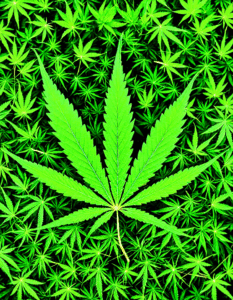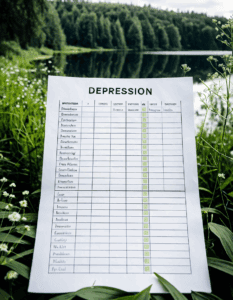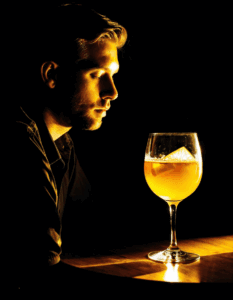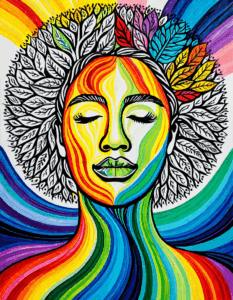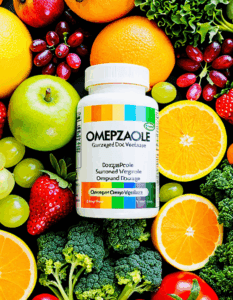If you’ve ever wondered how to treat red face from alcohol, you’re not alone. Experiencing a red face after consuming alcohol can be both uncomfortable and embarrassing. Understanding the underlying causes and effective treatments can help alleviate this common issue.
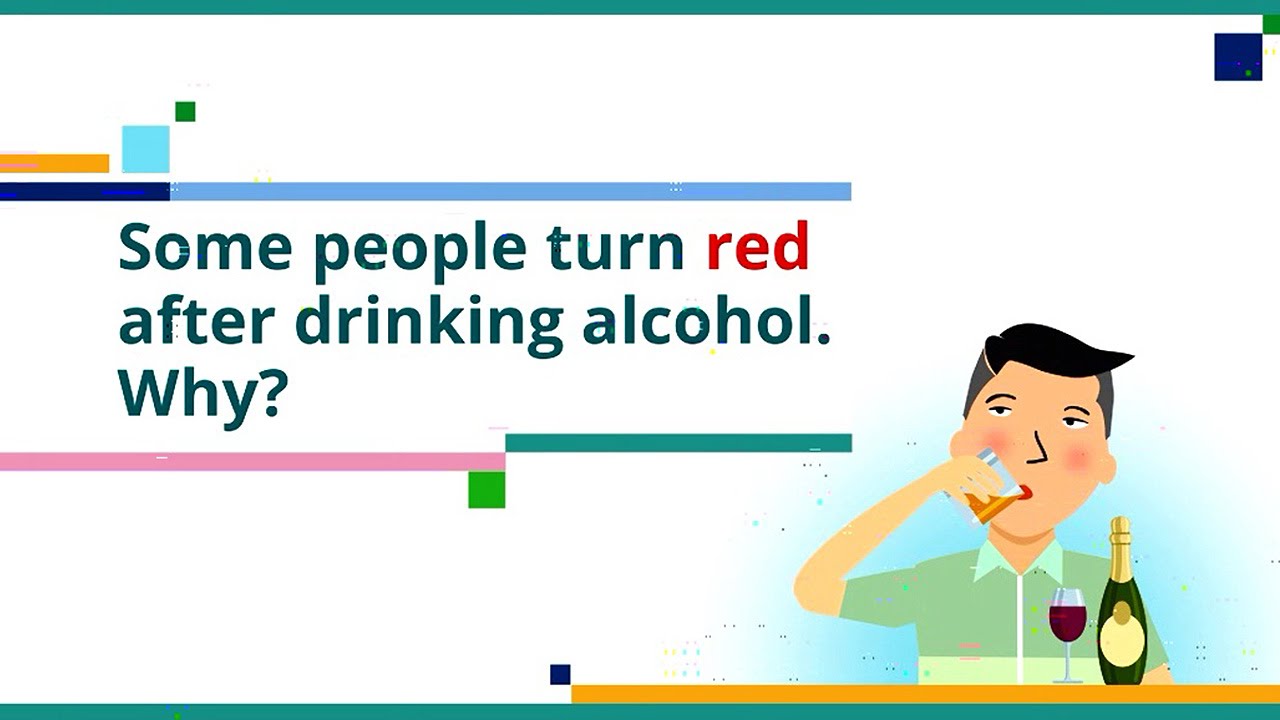
Why Does My Face Get Red When I Drink?
The phenomenon commonly referred to as “alcohol flush reaction” primarily occurs due to the body’s inability to process alcohol efficiently. This reaction is often genetically driven, particularly among individuals of East Asian descent who possess a variant of the ALDH2 gene. This deficiency impairs the breakdown of acetaldehyde, a byproduct of alcohol metabolism, leading to its accumulation and the resulting facial redness.
Beyond genetics, intolerance to certain compounds in alcoholic beverages, such as histamines and sulfites in wine or congeners in darker spirits, can also trigger a red face. Understanding why does my face get red when I drink is the first step in managing and alleviating the symptoms.

Identify and Avoid Triggers
Not all alcoholic beverages are created equal. Certain drinks may exacerbate facial flushing more than others. For instance, red wine, rich in histamines and sulfites, may cause more flushing compared to clear spirits like vodka. Conducting a personal experiment by reducing or eliminating specific types of alcohol can help identify which varieties cause the most significant reactions.
Real Brand Example
Individuals who experience severe reactions to red wine can switch to brands that produce low-histamine wines, such as Domaine Chandon’s sparkling wines.

| Category | Details |
| Medications | Histamine-2 (H2) Blockers |
| Products | Tagamet, Pepcid |
| Mechanism | Slow the breakdown of alcohol into acetaldehyde in the bloodstream, which helps control facial flushing. |
| Recommended Brands | – Tagamet (Common H2 blocker) – Pepcid (Common H2 blocker) |
| Severity and Duration | |
| Transient Redness | May last a few hours. |
| Persistent Redness | May persist for a longer period. |
| Variability | Severity can differ from person to person. Mild redness and warmth to pronounced and prolonged flushing. |
| Lifestyle Changes | |
| Alcohol Cessation | Most changes to appearance caused by alcoholism can be reversed if drinking is stopped. |
| Detoxification | The body begins to heal from drinking damage once detoxed from alcohol. |
| Genetic Factors | |
| Gene Variations | Some individuals have gene variations that impair alcohol metabolism. |
| Prevention | – Best to avoid drinking or limit alcohol intake if carrying these gene variations. |
| Additional Tips | |
| Alternative Solutions | Consider lifestyle changes such as healthier diet, increased hydration, and skincare routines to help mitigate redness. |
| Skin Care | Using gentle, alcohol-free skincare products to soothe the skin. |
Opt for Antihistamines
Over-the-counter antihistamines like Zyrtec (cetirizine) or Claritin (loratadine) can help mitigate the histamine response. Taking an antihistamine about 30 minutes before drinking may reduce or prevent the red face reaction. However, this should be discussed with a healthcare provider to ensure it’s safe based on personal health conditions.
Incorporate H2 Blockers

Medicines called histamine-2 blockers can control facial flushing. These drugs work by slowing the breakdown of alcohol to acetaldehyde in your bloodstream. Common H2 blockers include Tagamet and Pepcid. Discussing these options with your doctor can provide a personalized approach to addressing alcohol-induced redness.
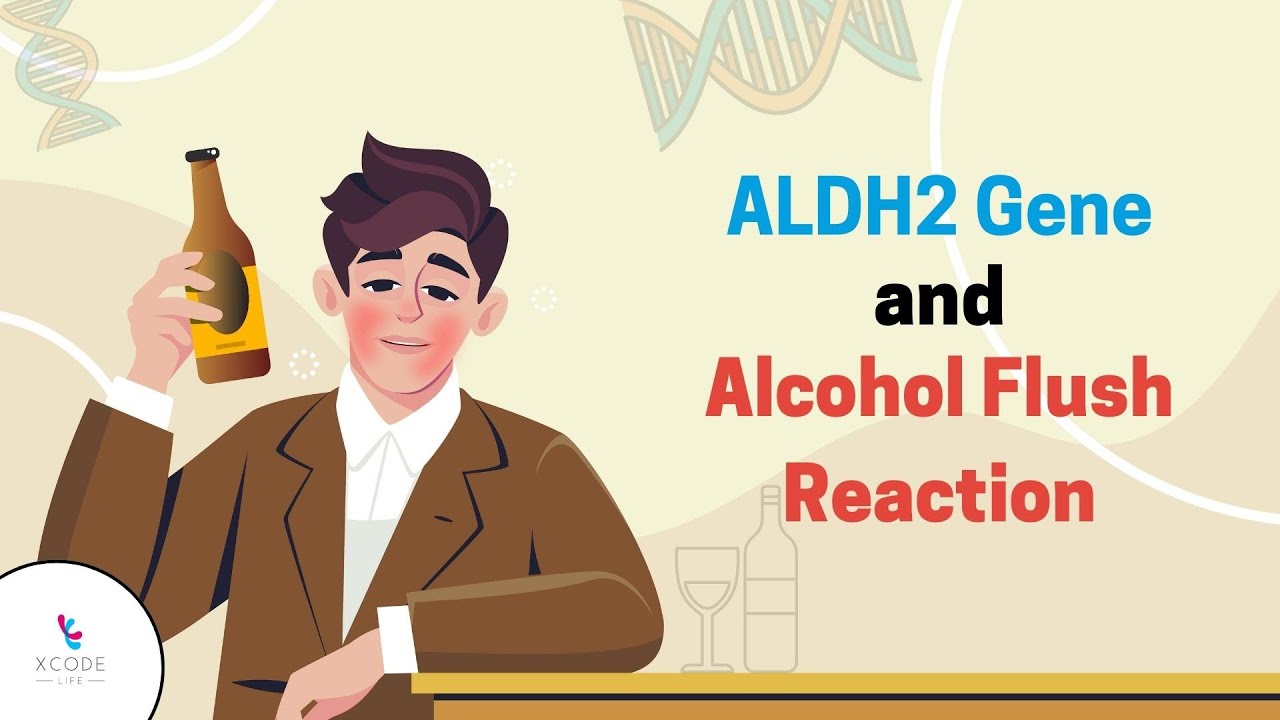
Maintain Hydration
Dehydration can exacerbate alcohol flush reactions. Drinking water in between alcoholic beverages can help dilute the alcohol, slow down its metabolism, and keep the body hydrated, potentially reducing the severity of facial flushing.
Additional Tip
Most of the changes to your appearance caused by alcoholism can be reversed if you stop drinking. Once the body has been detoxed from alcohol, it can start healing the damage caused by drinking.
Avoid Mixers and Sugary Drinks
Mixers and sugary drinks can heighten the effects of alcohol-related redness. Sugary mixers like cola or fruit juices can increase the rate at which alcohol is absorbed into the bloodstream, leading to heightened acetaldehyde levels and more pronounced cheek redness.
Real Brand Example
Opt for low-sugar or sugar-free mixers like Zevia’s zero-calorie tonic water or club soda.
Consume in Moderation
Limiting the quantity of alcohol consumed in one sitting can significantly reduce the chances of experiencing a red face. Developing a strategy for moderate drinking, such as setting limits or pacing drinks over a longer period, can lead to fewer and less severe flush reactions.
Experiment with Acetaldehyde-Degrading Enzymes
New research and developments have introduced supplements that claim to reduce alcohol flush symptoms by helping to break down acetaldehyde more effectively. One such product is Sunset Alcohol Flush Support, containing ingredients like DHM (dihydromyricetin), which is researched for its potential in enhancing alcohol metabolism.
Seek Professional Advice for Persistent Issues
For chronic issues related to alcohol consumption and facial flushing, it’s crucial to consult with a healthcare professional. They can offer personalized advice, conduct tests to understand the underlying causes, and suggest effective treatment plans, which may include medications to improve alcohol metabolism or alternative coping strategies.
Looking Beyond: Supporting Those with Alcohol Sensitivities
It’s essential to recognize that frequent or severe alcohol flushing could indicate a larger issue with alcohol intolerance or even dependency. If red face reactions are part of a broader challenge with alcohol, it’s worth exploring resources for support and guidance.
Programs like Alcoholics Anonymous (AA) or counseling services provided by organizations like Mothers Against Addiction can offer vital support for those facing these challenges. If you or someone you know is facing a hard time coping with these issues, check out our resources on friend hard time thinking Of You.
As we move forward in 2024, the understanding and prevention of alcohol-induced red face reactions continue to evolve, with both traditional approaches and innovative solutions playing a role in helping individuals manage this issue effectively.
For more support, including NA Zoom Meetings and practical advice on how to manage symptoms, visit www.MothersAgainstAddiction.org. It’s essential to prioritize your health and well-being, seeking professional guidance when necessary. Together, we can navigate the challenges posed by alcohol-induced flushing and promote a healthier, more informed approach to alcohol consumption.
How to Treat Red Face from Alcohol
Have you ever noticed a flushed red face after having a few drinks? You’re not alone. Many people experience this phenomenon due to how alcohol affects our bodies. Let’s delve into some fun trivia and interesting facts about how to treat red face from alcohol.
The Role of Genetics
For some, red face from alcohol stems from genetics. Those with a certain gene variant may have difficulty metabolizing alcohol, leading to that characteristic flush. It’s intriguing to note that your DNA might be giving you away at the next party. So, if you’re of East Asian descent, your chances of experiencing this reaction might be higher. But don’t just blame your genes. Other factors, such as certain medications, can also play a part. For instance, taking a pill With L has been known to cause similar reactions in some individuals.
Puffy Face from Alcohol
On another note, alcohol can lead to not only redness but also swelling or puffiness in the face. This might be due to dehydration and inflammation triggered by your favorite cocktail. When your face balloons up, it’s a good sign that your body’s telling you to take it easy on the booze. This puffy face From alcohol is a clear indicator that your body is struggling to process the toxins effectively.
Exploring Self-Branding
Believe it or not, personal lifestyle choices, including drinking habits, subtly shape our public image. According to a Personal branding expert, how we manage habits like alcohol consumption can influence others’ perceptions of us. So, for those conscious about their image, it’s wise to be aware of your body’s reaction to alcohol and perhaps choose your drinks judiciously.
Trivia Tidbits
Did you know that a specific enzyme deficiency, acetaldehyde dehydrogenase 2 (ALDH2), is often responsible for the red face reaction? ALDH2 helps break down alcohol in the liver, and its absence or mutation can result in higher build-ups of acetaldehyde, causing flushing. Fascinating, huh? On a lighter note, the popular manga Ranger Reject subtly highlights characters’ personal struggles, including issues like alcohol. It goes to show that the battle against these problems can indeed feel like a superhero struggle!
In short, knowing how to treat red face from alcohol involves understanding your unique genetic make-up, recognizing symptoms of swelling, and considering the influence your habits may have on your personal brand. Stay informed, stay mindful, and enjoy your drinks responsibly!

How do you get rid of red face from alcohol fast?
You can try using medications called histamine-2 (H2) blockers to help control the redness. These meds slow down how fast alcohol breaks down into acetaldehyde, which causes that red face. Common brands are Tagamet and Pepcid.
How long does red face from alcohol last?
The redness can last just a few hours for some people, but others might deal with it for much longer. It really varies; some might have mild redness and warmth, while others experience more severe and prolonged flushing.
How can I reverse the effects of alcohol on my face?
Most of the changes to your appearance caused by drinking can be reversed if you stop. As soon as your body detoxes from alcohol, it starts to heal. Making some lifestyle changes like eating healthier and exercising can speed up recovery.
How to prevent alcohol flush reaction?
If you have gene variations that mess with alcohol metabolism, avoiding drinking is the best way to prevent alcohol flush reactions. Limiting your alcohol intake can also help.
Why do heavy drinkers get red faces?
Heavy drinkers get red faces because alcohol increases blood flow to the skin. It also causes blood vessels to dilate, which makes the redness more noticeable.
How long does it take for your face to recover from alcohol?
The time it takes for your face to recover from alcohol can vary, but it generally starts to improve as soon as your body detoxes. The process can be quicker with healthy lifestyle changes.
Will my face look better if I stop drinking?
Yes, your face will likely look better if you stop drinking. Once your body is free from alcohol, it can begin to repair the damage. A healthier lifestyle can also help you see improvements sooner.
How to reduce redness on face quickly?
Histamine-2 (H2) blockers like Tagamet and Pepcid can help reduce facial redness caused by alcohol. They work by slowing the breakdown of alcohol into acetaldehyde.
How to tell if you have liver damage from alcohol?
Liver damage from alcohol can show up as jaundice (yellowing of skin and eyes), abdominal pain, swelling, and itchy skin. If you suspect liver damage, it’s essential to seek medical advice.
How do you reduce inflammation in your face from alcohol?
To reduce inflammation in your face from alcohol, try staying hydrated and using cold compresses. A diet rich in antioxidants and anti-inflammatory foods can also be beneficial.
How can I restore my skin after drinking alcohol?
To restore your skin after drinking, focus on hydrating well and eating a balanced diet. Skincare products with antioxidants and Vitamin C can help rejuvenate your skin.
How to get rid of inflammation from alcohol?
Drinking plenty of water, eating anti-inflammatory foods, and using cold compresses can help get rid of alcohol-related inflammation.
How to get rid of red face from drinking?
Histamine-2 (H2) blockers like Tagamet and Pepcid can prevent alcohol flushing by slowing the breakdown of alcohol into acetaldehyde.
What medicine prevents alcohol flushing?
A “wine face” usually has noticeable characteristics like flushed cheeks, red nose, and more pronounced lines and wrinkles. This often comes from dehydration and blood vessel dilation caused by alcohol.
What does a wine face look like?
Reducing inflammation in your face can be achieved by staying hydrated, using cold compresses, and consuming anti-inflammatory foods.
How do you reduce inflammation in your face from alcohol?
To reduce facial redness quickly, try using cold compresses and taking histamine-2 blockers like Tagamet or Pepcid. Drinking plenty of water also helps.
How to reduce redness on face quickly?
Depuffing your face after drinking can be helped by staying well-hydrated and applying a cold compress. A gentle facial massage can help drain excess fluids.
How to depuff face after drinking?
Reducing inflammation caused by alcohol involves staying hydrated, consuming anti-inflammatory foods, and applying cold compresses.


